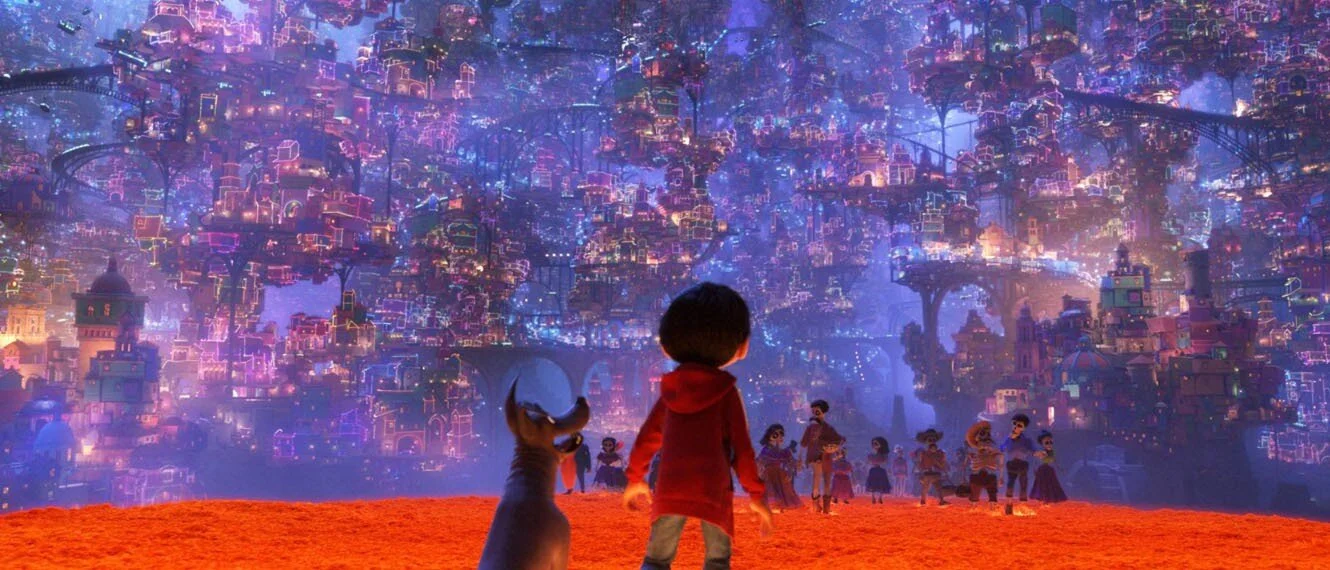Pixar revolutionized the animation industry through innovative technology and incredible storytelling. It was responsible for core developments in computer graphics history, blending technology and arts to make many of their films possible, leading to its massive success. 3D computer modeling technology has not only allowed for more efficient and faster animating, but it has opened the door for more people who are interested in joining the industry. It now easier than ever to download these softwares and begin learning how to animate. For artists in industry, there is not longer a limitation in the art that is waiting to be created – their visions can become a reality with the continual development of advanced animation technology.
The Four Technologies Used in Virtual Production
The visual effects (VFX) industry has come a long way in the past 30 years. Studios have discovered the importance of better production pipelines that create a more collaborative environment between directors, gaffers, and artists. This article will analyze four technologies that are used in virtual production, discussing how they work, who is implementing them in their productions, and how they will disrupt the industry.
Part 2: Surveys, Interviews and Recommendations for Documentary Distribution
Emerging Trends in Documentary Program Distribution focuses on understanding the current market for documentary programs and the current best practices to sell, distribute, and market documentary content. Part two of this research analyzes data and information collected through an audience survey and one-on-one interviews. This original research will be used in connection with the broader contextual research to provide recommendations for documentary filmmakers on the best paths for taking their work to the market.
Virtual Production in Television and Beyond
As discussed in Part I of this series, virtual production (VP) is the unique intersection of physical and digital filmmaking that blends video game technology with filmmaking techniques into the pre-production and production process. VP is not just the technology that allows the integration of digital and traditional techniques, but also the methods through which it is used. If implemented in the TV industry, VP could lead to reduced costs since it allows for increased efficiency in the production process. Many other industries could also learn from this streamlined process, including live entertainment and the arts.
An Introduction to Virtual Production and Its Use in the Entertainment Industry
Virtual production (VP) is “a broad term referring to a spectrum of computer-aided production and visualization filmmaking methods.” It is not just the technology itself, but also the methods through which it is used. In Parts I and II of this series, we are investigating the technology as well as the methodologies of VP in the broadest definition. The types of VP we will discuss in this post are visualization, performance capture, and LED walls. While VP has benefited the film industry specifically, as innovation with the technology continues, other fields of entertainment—such as live entertainment, fashion, and news reporting—are also leveraging virtual production’s capabilities. The arts and entertainment sector could benefit from learning more about these methods and considering how they could apply these technologies to create engaging virtual experiences.
Social Distancing Strategies in the Arts: Film and TV, Part 3 of 3
As the entertainment and arts industries begin reopening, they face new challenges in light of COVID-19. Each industry is developing unique solutions to keep their audiences and staff safe. Part 3 of this series highlights the emerging trends and new protocols being implemented in the film and tv industries.
Democratizing Independent Film distribution
 I know that this festival has been around for a little over a year, but I still find myself visiting their homepage.
I know that this festival has been around for a little over a year, but I still find myself visiting their homepage.
From Here to Awesome is presenting a new method of movie distribution that relies upon online viewer votes to decide which movies will be distributed. The festival has no submission fees, the filmmakers retain all rights to their film and filmmakers make money directly. This film festival is bypassing a lot of the industry gatekeepers to help distribute films that audiences want to see by using a simple online social platform.
I think that it is a really amazing way for independent filmmakers to get instant feedback from their audiences as well as to talk about some of the advances in the field that are creating higher production levels on lower budgets.
Filmmaker Fritz Donnelly, creator of the movie "To the Hills 2," describes the current state of the film making industry and points out many of the problems inherent in the system on From Here to Awesome's Festival Blog. The Q&A session focuses on the possible technological utopia of film making and distribution of the future, and the hope that it brings.
This festival seems to have been a great success, considering that by July 26th, the festival's 22 selected showcase films will be available online on Amazon, Vudu, Netflix, IndieFlix.com, Hereticfilms.com, Hulu, Joost, Cacchi, and Vuze. Recent theatrical screenings have also taken place in San Francisco, Boston, and London, as well as over 25 guerrilla drive-in screening events.
I can see that the future of independent and documentary film distribution will have the tendancy to become more democratized as festivals like From Here to Awesome create more of an online marketplace, and the costs of quality production start to come down. The prices of cameras and editing software are reaching a point where they are accessable to more and more people with a story to tell.











